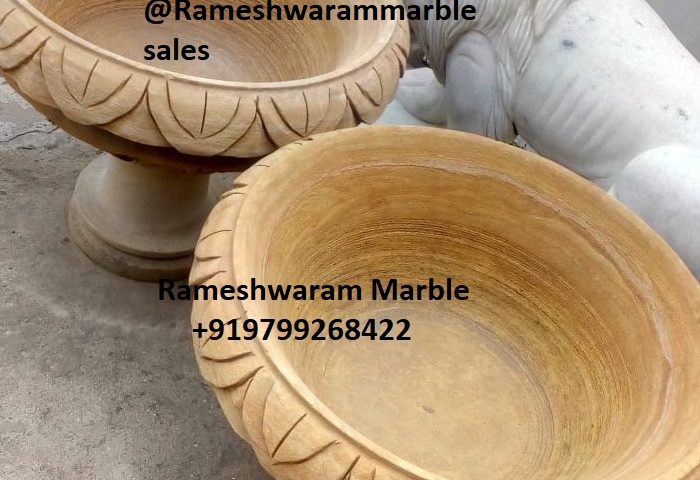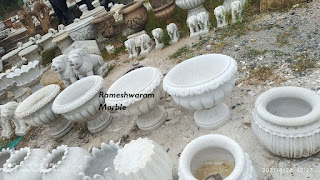Best Shape And Size Of Pots for Plants

Water Fountains- To Bring Positive Energy
September 2, 2021
UPGRADE YOUR LIVING ROOM LIGHTS!
September 8, 2021Does pot shape and size affect growth? Yes it does.
Just like an man’s home is his castle, a plant’s pot is its palace. The pot is a place of safe refuge, a room to call one’s own, and a space to not just live but to grow and flourish. Hence, matching your beloved plant to its pot is not something to gloss over but is worth careful deliberation.
Knowing that containers are an important consideration can be overwhelming when you realize the spectrum of available pots. You will be surprised to find that different shapes, sizes, materials, colors, styles, weights, etc. of flower pots have so much impact on the plants inside. We know this, so we compiled a guide to help you choose the best shape and size of your next planter!
Plant Size Mean?
You may have seen plants described in sizes i.e., in inches or gallons. This does not refer to the actual plant. Here, inches refers to the diameter of the pot that the plant came in while gallons is in reference to its container volume. Take for an example a 10” plant, this is a plant that is growing in a 10” diameter pot, or in a pot that is usually 2.5 to 3 gallons.
Most pots fit loosely into a system that increases by 2” starting from 2”, then 4”, then 6” etc. This range is endless with some of our own products reaching sizes of 60 inches.
Houseplants will usually have a small size pot that is convenient for the home, allowing accessibility to move it around and perch it on shelves and tables.
When container gardening with outdoor plants, the plant size will need to be larger to allow for stability in the wind and other outdoor elements.
What Pot Size Do I Need?
The big and small of it is that size matters when it comes to choosing the right pot for your plant.
Too Big
If the container is too large for the plant, when rained on, or excessively watered, the soil will dry slowly causing the roots to stay damp and increasing the chances of root rot. Or with too little water, the large volume of soil will be too dry. Though there is evidence that doubling a pot size will encourage a 40% increase in growth in some plants, for most plants using a larger pot is a waste of nutrients, water, and space in your garden.
Too Small
However, this does not mean you should place your plant into a small pot. If the planter is too small for the plant, the plant could become root-bound and this can lead to slow or stunted growth. Trees and other types of large plants might fall over easily if they are in plant pots that are too small.
Another factor to consider is the effects of a perched water table.
What is a perched water table?
The phenomenon of the perched water table is key when deciding your planter shape and size. At the bottom of every pot, there is a layer of soil that will always be drenched in water, and will not be drained out by physical forces. This is because the force of gravity pulling water down is cancelled out by the soil pulling water up.
This formation water can only be evaporated or used by the plant. If the pot is too small for the plant, or the plant’s roots are too close to the perched water table, then this can have detrimental effects on the plant.
What is the optimum planter size?
Planters come in a variety of sizes. Our fiberglass planters range from 10 inches to 60 inches in pot diameter. Choosing the right pot size will depend on the plant and how many plants it is intended for.
For serious container gardening have a look at these guidelines:
Plant a 10-inch container with small fruits and small herbs:
1 strawberry plant
Small herbs, such as chives, parsley, mint, or sage
1 to 3 annuals
Plant a 14-inch container with leafy vegetables and larger herbs:
4 pea plants
1 leaf lettuce, spinach, cabbage or arugula
Larger herbs, such as rosemary or lavender
3 or 4 annuals
Plant a 16-inch container with larger fruit plants and small trees:
4 to 6 annuals
1 small shrub
1 dwarf citrus tree
1 bushy fruit tree, such as raspberry or blueberry
Plant an 18-inch container with larger vegetables and groups of herbs:
1 broccoli, cauliflower eggplant, tomato or pepper plant
mix of herbs
mix of annual flowers
Plant a 24-inch container with medium size trees and shrubs:
1 cucumber or summer squash
1 fig tree, dwarf peach tree, or nectarine tree
1 decorative shrub, such as a hydrangea
1 evergreen shrub
Plant a 30-inch container with the big boys:
1 orchard fruit tree such as apple, pear, cherryor pl um
1 sweet corn
1 pumpkin, rhubarb




